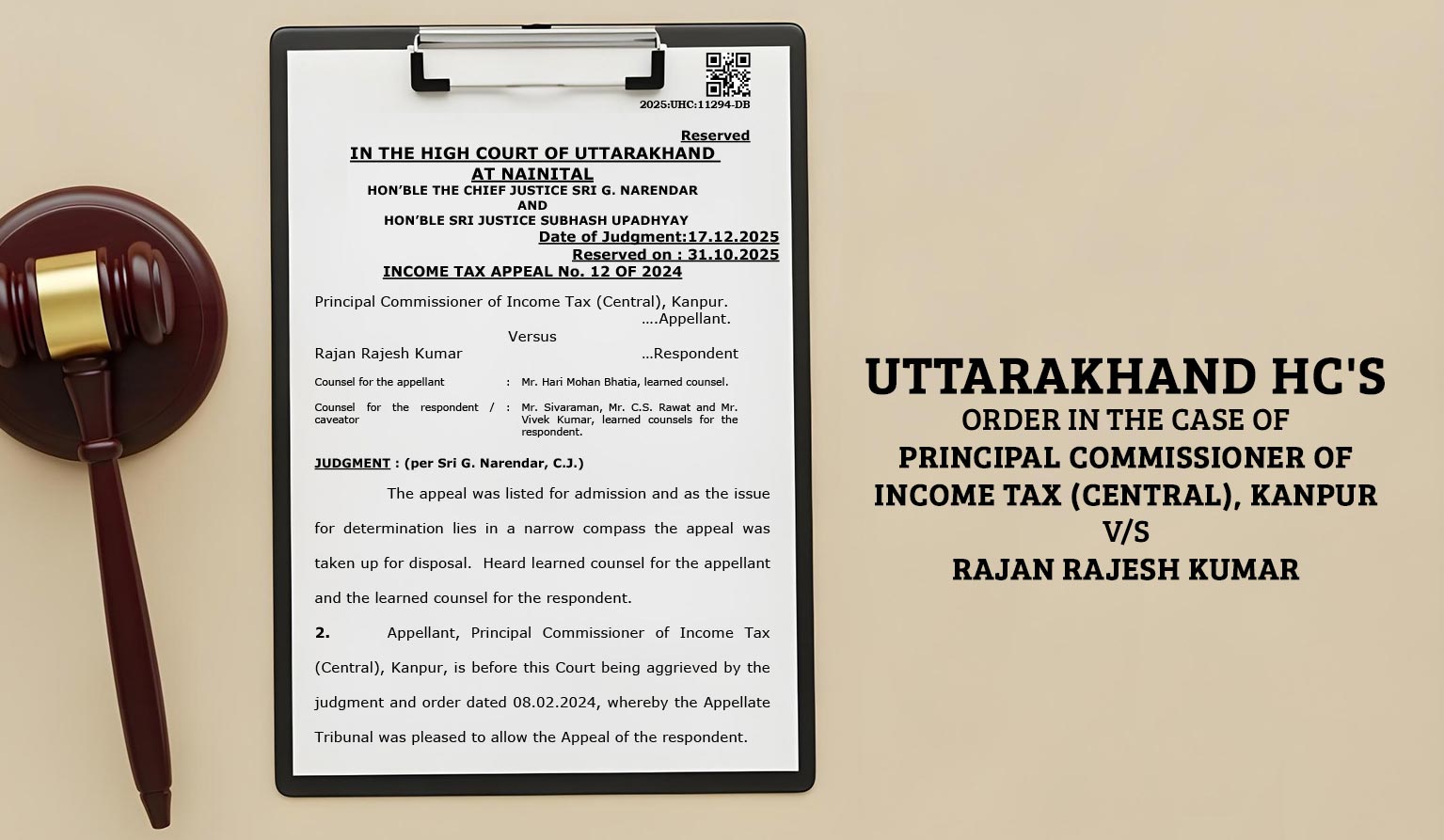
In case you own multiple houses, then the ‘self-occupied property’ is accorded two properties as chosen by yourself. Other than this property/ properties are handled as ‘deemed to be let out’ for the intention of taxation. A self-occupied property is termed as the property which is tenanted throughout the year by the taxpayers for his residency. For someone whose property is let out, or considered to have been let out, then you have to pay tax on rental returns.
Income Tax Rental or National Rental
In case you have more than two properties, no matter whether the other house(s) are vacant or might be occupied by yourself. In every case, they are considered being let out. The Yearly value of these houses (s) will be settled(under section 23(1) (a) of the Income-tax Act, 1961) through which tax will be imposed.
“Amit Maheshwari, Tax Partner, AKM Global, a tax and consulting company says the yearly value is the assumed rental worth of the house, which is taxable in the hands of the owner. It is estimated taking into consideration the fair rent, standard rent, and municipal value,” he says.
Fair rent is considered as the rent that the same house gets in an alike place. Regular rent is the rent fixed for the house property within the Rent Control Act. A municipal utility is a rent charge that is evaluated by the Municipal Corporation of the area.
Step 1: Establish the fair rent, standard rent, and municipal value.
Step 2: Add the yearly value. So the figure will be higher for fair rent and municipal value. Following are the steps you should evaluate the hypothetical rent for a property that is considered to have been let out.
Step 3: Differentiate the yearly value from the standard rent. The below of the two is the notional rent.
All the Rental Income Within One Head?
Adding all the rental receipts in a single evaluation is not allowed. You cannot for occasional claims investment of one property in evaluating the rental income of the different property.
Similar: Tax Benefit on Home Loan Interest & Principle
A tax expert, says that all houses, more than the two that have been earmarked as ‘self-owned,’ would be treated as considered let-out. “As no actual rent is received from a deemed let-out property, the expected rent of such a property is deemed as annual value,” he stated
These kinds of income Wadhwa said shall be chargeable within the head ‘Income from House Property.
Income Tax on House Properties
You are authorized to claim various deductions when you get your own property.
- Municipal Taxes: In these taxes, house property is acknowledged as a deduction, in case taxes are sustained by the owner.
- Standard Deduction ( Section 24 (a) ): In this deduction 30 % of the total annual value of the property is granted as a deduction if the property is let – out meanwhile last year.
Income Tax Deduction on a Home Loan
You can affirm income-tax deduction on principal reimbursement up to 1.5 lacks under section 80 C via the IT Act. However, you can also assert abatement with section 80C for the registration and stamp duty.
Adding, for an owned house, you can attest an interest amount of up to 2 lacks under Section 24 ( b) of the Income Tax Act. As the case, if the property has been rented out. However, the gross loss that one can claim within the house property is confined to Rs 2 lakh only. Moreover, losses across Rs 2 lakh can be shifted ahead to the following years for set-off. The government has also expanded the further tax deduction of Rs. 1.5 lakh on interest paid ( Section 80 EEA) on housing loans for the purchase of economical homes by one more up to March 31, 2022.
Income Tax Return Form for Multiple Properties
The multiple properties you buy too marked which ITR form you select to file your return. Tax expert says “An assessee having more than one house property is not eligible for ITR 1 form. The assessee has to furnish the return of income in ITR-2/3/4 as the case may be. Further, he needs to furnish the details of each house property, such as an address, percentage of ownership, and PAN of co-owners, in return for income.”










I have a small building in 20×30 site, consisting of three small individual houses. All let out to separate tenants. Construction Housing loan is one and property tax paid is one. If I use ITR-2, I will have to divide housing loan and property tax to all the three houses, which is not possible, because its calculated as a whole. But, if I use ITR-1, I can easily include pre-moratorium interest, HL interest, Property tax, etc., without breaking up….. I can also include all the three houses rent as one. Now, Is this building (with three houses) deemed as ONE house property or THREE house properties? and Hence, Is using ITR-1 instead of ITR-2 correct?
If you have more than one house property you can not file ITR 1, “for more please contact practising CA”